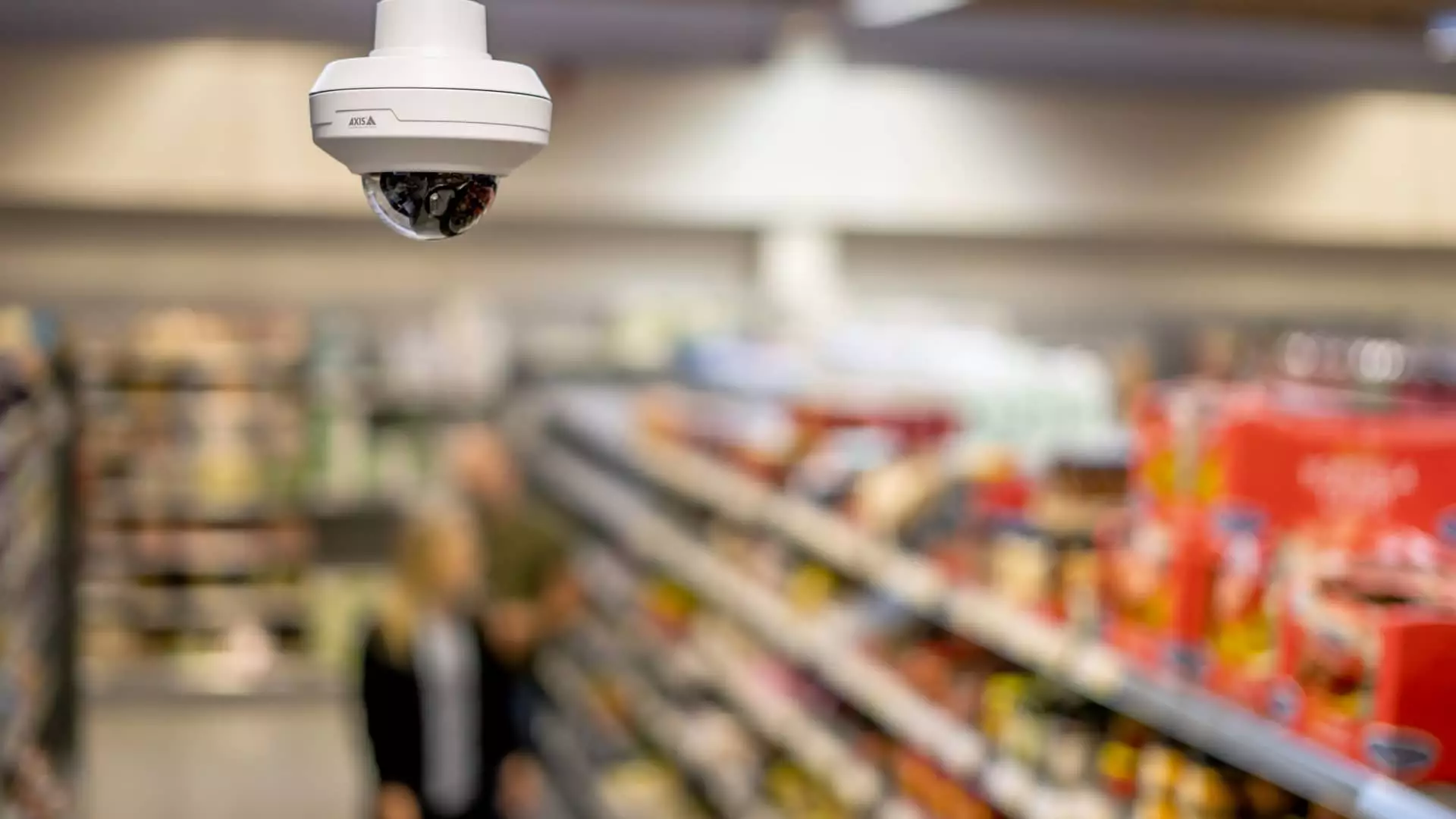The rise in retail crime across the United States has prompted the governors of New York and California to take a firm stand against this issue. Both Governor Kathy Hochul of New York and Governor Gavin Newsom of California have made combating retail theft a top priority, aiming to address the concerns of voters ahead of the 2024 election. The efforts of these traditionally progressive states to crack down on crime threatens to reshape the political landscape and blur longstanding partisan lines. This article examines the sweeping plans proposed by the governors and the potential impact of their legislation.
Traditionally, Republicans have championed tough-on-crime policies, while Democrats have focused on addressing the root causes of criminal behavior, such as poverty and inequality. However, the landscape is shifting as Democratic governors like Hochul and Newsom take a strong stance against retail crime. This change challenges decades of partisan fault lines and reflects the pressing concerns of voters nationwide.
In response to the rising tide of organized retail crime, several states have already passed laws to increase penalties for such offenses. From 2022 to 2023, at least nine states, including six in the last year alone, have implemented harsher penalties for retail theft. The governors of New York and California aim to join this list with their proposed legislation. Retailers and trade associations have played a vital role in advocating for these bills and bringing them to fruition. However, it remains unclear whether increased penalties will effectively reduce theft offenses, and concerns have been raised about the potential disproportionate impact on marginalized groups.
Governor Hochul intends to introduce bills that target online marketplaces and third-party sellers that facilitate the sale of stolen goods. Her proposed legislation would establish criminal penalties for these entities, holding them accountable for their role in contributing to retail theft. Additionally, Hochul plans to work with the legislature to strengthen penalties for those who assault retail employees. She also aims to set up two new task forces dedicated to combating theft and smash-and-grab robberies respectively. These initiatives will be accompanied by expanded funding for state police departments and district attorney’s offices, equipping them with the resources needed to tackle retail theft and other property crimes. Hochul also proposes a tax credit for business owners who invest in store security measures to alleviate the financial burden.
Governor Newsom of California has announced a significant investment of $1.1 billion over the next four years to address safety and security concerns throughout the state. Out of this amount, $373.5 million is allocated specifically to combat organized retail theft. Newsom highlights the distribution of grants to 52 sheriff’s and police departments, totaling over $250 million, to enhance their efforts against retail theft. Furthermore, district attorney’s offices are receiving support to bolster prosecution efforts. In terms of legislation, Newsom aims to target repeat offenders and professional thieves who engage in reselling stolen goods. He proposes new penalties, including increased felony charges and longer prison sentences. Additionally, he seeks modifications to state penal code that would allow police to aggregate theft incidents, making it easier to charge repeat offenders with grand theft and other felonies.
While these aggressive efforts to combat retail crime are commendable, it remains to be seen how effective the proposed legislation will be in curbing theft offenses. Some experts argue that harsher penalties may not be the most effective solution, especially when many serial thieves face underlying issues such as mental illness, poverty, or addiction. Analogies to the approach against the drug trade have been drawn, highlighting the limited success of punitive measures in reducing drug use or availability. It is crucial to consider the potential unintended consequences and the impact on marginalized individuals who might already be disproportionately affected by the criminal justice system.
The commitment of Governor Hochul of New York and Governor Newsom of California to address the escalating issue of retail crime reflects the concerns voiced by voters nationwide. By advocating for legislation that imposes harsher penalties and secures funding for law enforcement agencies, both governors aim to tackle organized retail crime head-on. However, the effectiveness of these strategies is yet to be determined. It is essential to approach the issue with a nuanced understanding of its complexities and potential unintended consequences to ensure a fair and balanced approach to combating retail theft. As these traditionally progressive states take a tough-on-crime stance, the political landscape continues to evolve, and the fight against retail crime moves to the forefront of the national conversation.

Leave a Reply